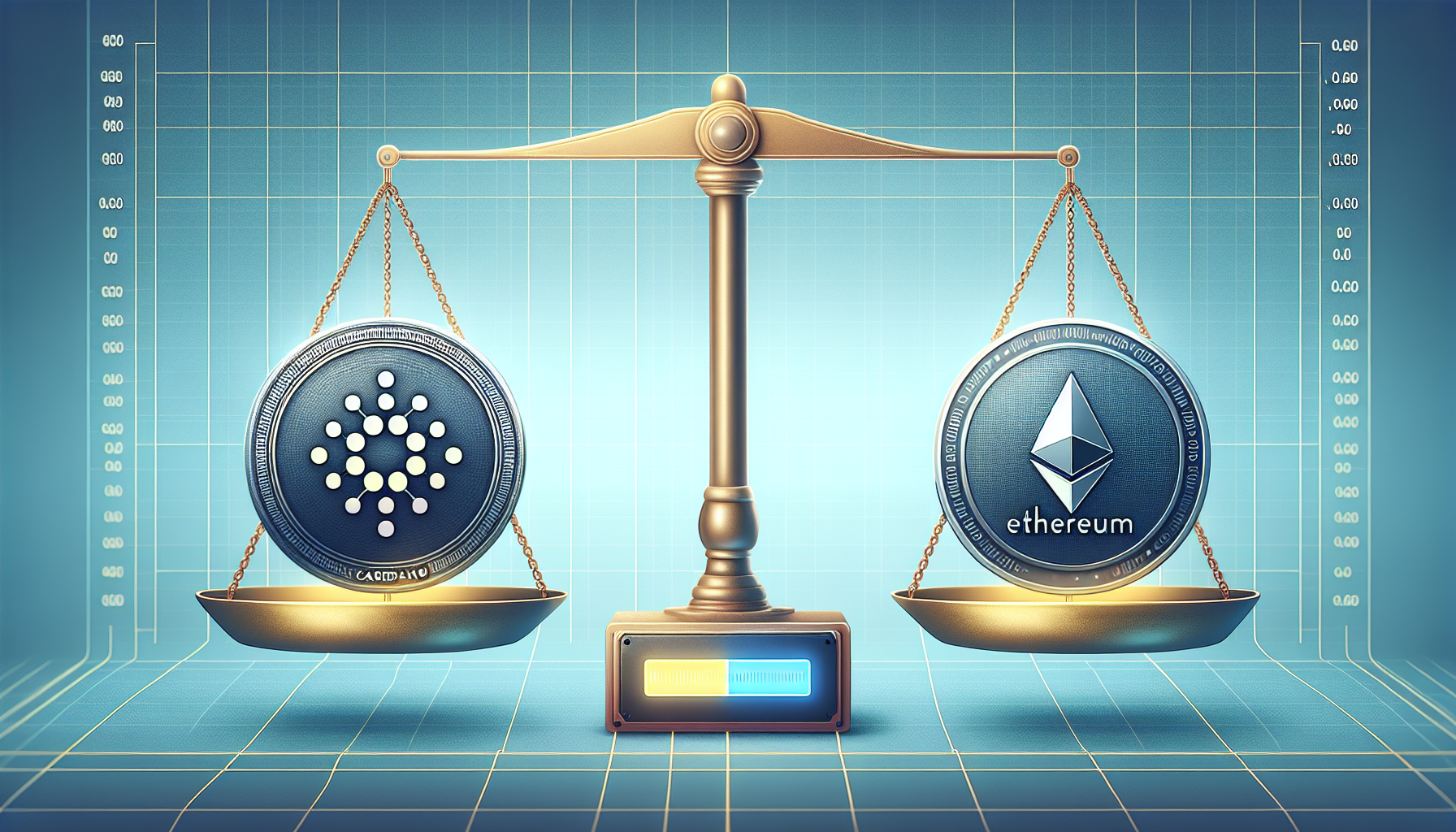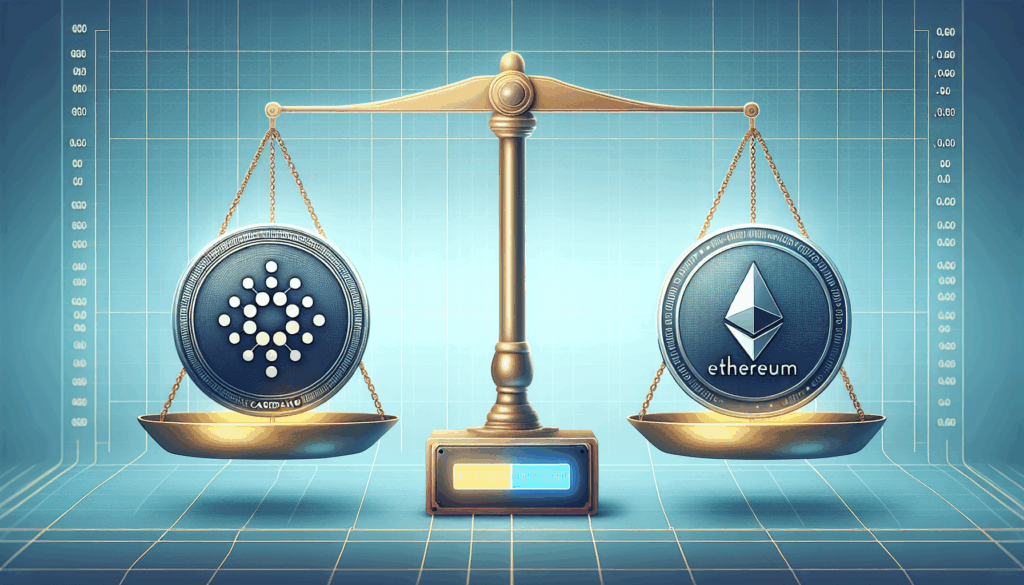Cardano vs Ethereum Comparison: Key Differences Explained
Cardano vs Ethereum Comparison: Key Differences Explained
When evaluating blockchain platforms, the Cardano vs Ethereum comparison remains a critical discussion for developers and investors. Both networks employ smart contracts but differ fundamentally in consensus mechanisms, scalability solutions, and governance models. This analysis draws from 2025 projections by the IEEE Blockchain Initiative to provide actionable insights.
Pain Points in Blockchain Adoption
Decentralized application (dApp) developers frequently encounter two major hurdles: excessive gas fees during network congestion and slow transaction finality that hampers user experience. A 2024 Chainalysis report documented 37% of Ethereum-based NFT projects abandoning operations due to unsustainable operational costs, while 29% of Cardano projects faced delays from epoch-bound transaction processing.
Technical Architecture Breakdown
Proof-of-Stake Implementation
Cardano’s Ouroboros protocol uses epoch-based slot leadership elections, whereas Ethereum’s Casper FFG combines finality gadgets with LMD GHOST fork choice. The former achieves deterministic finality in 20 minutes versus Ethereum’s 12-second block time with probabilistic finality.

Smart Contract Capabilities
Ethereum Virtual Machine (EVM) supports Turing-complete programming through Solidity, while Cardano’s Plutus platform employs Haskell-based formal verification. This difference impacts development complexity but enhances security in financial applications.
| Parameter | Cardano | Ethereum |
|---|---|---|
| Security Model | Peer-reviewed academic approach | Battle-tested mainnet |
| Average Transaction Cost | $0.18 (2025 est.) | $2.40 (2025 est.) |
| Ideal Use Case | Regulated financial instruments | High-frequency dApps |
Operational Risk Considerations
Interoperability risks emerge when bridging assets between the networks. The 2023 Nomad Bridge exploit demonstrated how cross-chain vulnerabilities can lead to $190M losses. Always verify audit reports from firms like Quantstamp before engaging with cross-chain protocols.
For institutional deployments, Cardano’s voltaire governance provides clearer upgrade paths compared to Ethereum’s more fluid EIP process. However, Ethereum’s rollup-centric roadmap offers superior short-term scaling through Arbitrum and Optimism networks.
Stay updated with the latest Cardano vs Ethereum comparison data through cryptonewssources‘ quarterly benchmarking reports.
FAQ
Q: Which platform processes transactions faster?
A: Ethereum currently achieves faster throughput (15-30 TPS) versus Cardano’s 250-1000 TPS potential, making the Cardano vs Ethereum comparison context-dependent.
Q: Can Cardano dApps interact with Ethereum contracts?
A: Yes, through IOG’s Milkomeda sidechain which implements EVM compatibility, though with additional latency.
Q: Which network has stronger institutional adoption?
A: Ethereum leads in enterprise DeFi applications, while Cardano sees more CBDC pilot programs according to BIS 2025 data.
Authored by Dr. Liam Chen
Blockchain architect with 17 peer-reviewed papers on consensus algorithms
Lead auditor for the USDAF stablecoin initiative




